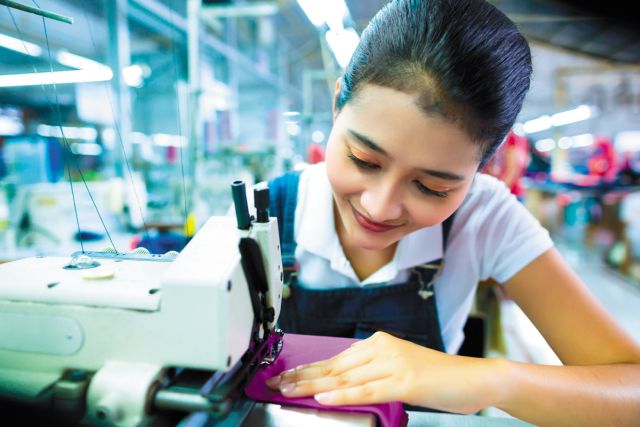More businesses led by industry leaders are adopting proximity sourcing, in which geographical sourcing is diversified according to the characteristics of the products. In the fashion industry, this is represented by the movement towards producing trendy items in production centres near their retail markets even if it means higher costs while cost remains the priority in choosing production centres for standard items. ▼ Even in an increasingly globalised world, the proclivities of the consumer differ in a strict sense from country to country, from region to region. When the weather takes a sudden turn in a core market and the total seasonal demand moves away from the original outlook, revenues will take a massive hit. ▼ In that case, it would be more profitable to have a system that is intimately adaptable to constant changes in demand due to the weather and trends instead of relying solely on single source production to reduce costs. That is what many companies are coming to believe. ▼ INDITEX took the lead in adopting this method several years ago, which has been one reason why it has been able to maintain good business results. Fast Retailing and H&M, both buffeted by the warm 2015-16 winter, are other major retail chains that appear to be on the way to adopting this method in earnest. ▼ This method, in which efficiency is not everything, and production centres are chosen on the basis of speed and cost according to the product and the nature of the market, is one that any business that is selling fashion should consider, even if it does not have trillion yen sales or does not sell its products worldwide.

